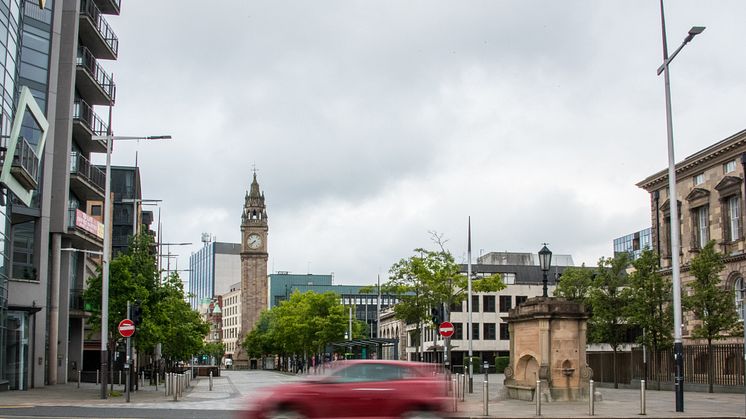
News -
Government's 'plan for drivers' - RAC reaction
Following announcements made this morning by transport secretary Mark Harper at the Conservative party conference, RAC head of policy Simon Williams said:
“Being clearer with councils on important issues that affect drivers around traffic management, whether that’s the use of 20mph limits, implementing low traffic neighbourhoods or the enforcement of yellow boxes is positive, as after all eight in 10 say they would struggle to get by without a car. These measures will hopefully bring some much-needed consistency to how drivers are treated as well as avoiding situations where potholes get left unattended for months.”
On low traffic neighbourhoods ('LTNs')
“Low traffic neighbourhoods which are introduced in the right places and have been well consulted on can have lots of benefits. But on the flip side, those that fail on both these counts and simply displace traffic onto peripheral roads causing more congestion and air pollution don’t help anyone. The PM has already ordered a review of LTNs in England and being clearer with councils about the criteria they must meet if they want to introduce a scheme makes perfect sense.”
On the National Parking Platform
“Paying for parking should be one of the simplest things any driver has to do, yet the reality has been anything but with people forced to download and register a plethora of different mobile apps depending on where they are in the country. The roll-out of the National Parking Platform therefore brings about some much-needed simplification and should make drivers’ lives easier.
“However, we remain concerned about the fact some councils seem intent on removing all physical parking ticket machines in favour of app-only payment – something research tells us a clear majority drivers are resolutely against.”
On councils introducing new 20mph speed limits
“In the case of 20mph limits, we have long said that in the right places slow speeds deliver valuable safety benefits, especially on residential streets, around schools and in places where there are lots of pedestrians and cyclists. Putting them on roads where motor vehicles predominate and there is no conflict with other road users however makes no sense. Councils already have to go through a process of introducing Traffic Regulation Orders to reduce speeds from say 30mph to 20mph, so we wait to see how any new policy differs from this.”
On yellow box junction enforcement
“With dozens of councils in England about to enforce yellow box junctions, we’re pleased the Government has listened to our concerns about the potential for drivers to be unfairly fined. The move to prevent them abusing these new powers is welcome as is the commitment to update the guidance on where these junctions should be used and how they should be set up properly.
“While it’s clearly wrong that drivers stop in these junctions and block them for others, it’s vital that they are fairly set up so that they can be easily negotiated with no chance of a driver being stranded on one through no fault of their own.
“Our research shows many are too big and it’s often impossible to see where some end, making it extremely difficult for drivers to know whether they can drive through without stopping. Some are even being used where they shouldn’t be. Had the Government not intervened we fear councils would have had a field day collecting unfair fines from drivers, causing unnecessary stress and financial hardship.”
On bus lane enforcement
“The RAC has always raised questions about bus lane enforcement as there have been far too many cases over the years where large numbers of drivers have been fined in particular locations. This usually implies that signage is poor causing motorists to accidentally drive in a bus lane when they shouldn’t have. Most drivers don’t deliberately set out to break the rules and incur fines. The Government’s plans should help limit the number of motorists who fall foul of bus lane cameras while hopefully still ensuring buses run on time.
“We badly need to create an integrated transport network that works for everyone, including motorists. Bus lanes are key to that as they help to ensure services run on time in rush-hour when traffic is high, but outside of that can sometimes make traffic worse by limiting the amount of available road space which is something we can well do without. It’s important to realise that eight in 10 drivers tell us they would struggle to get by without access to a car.”



